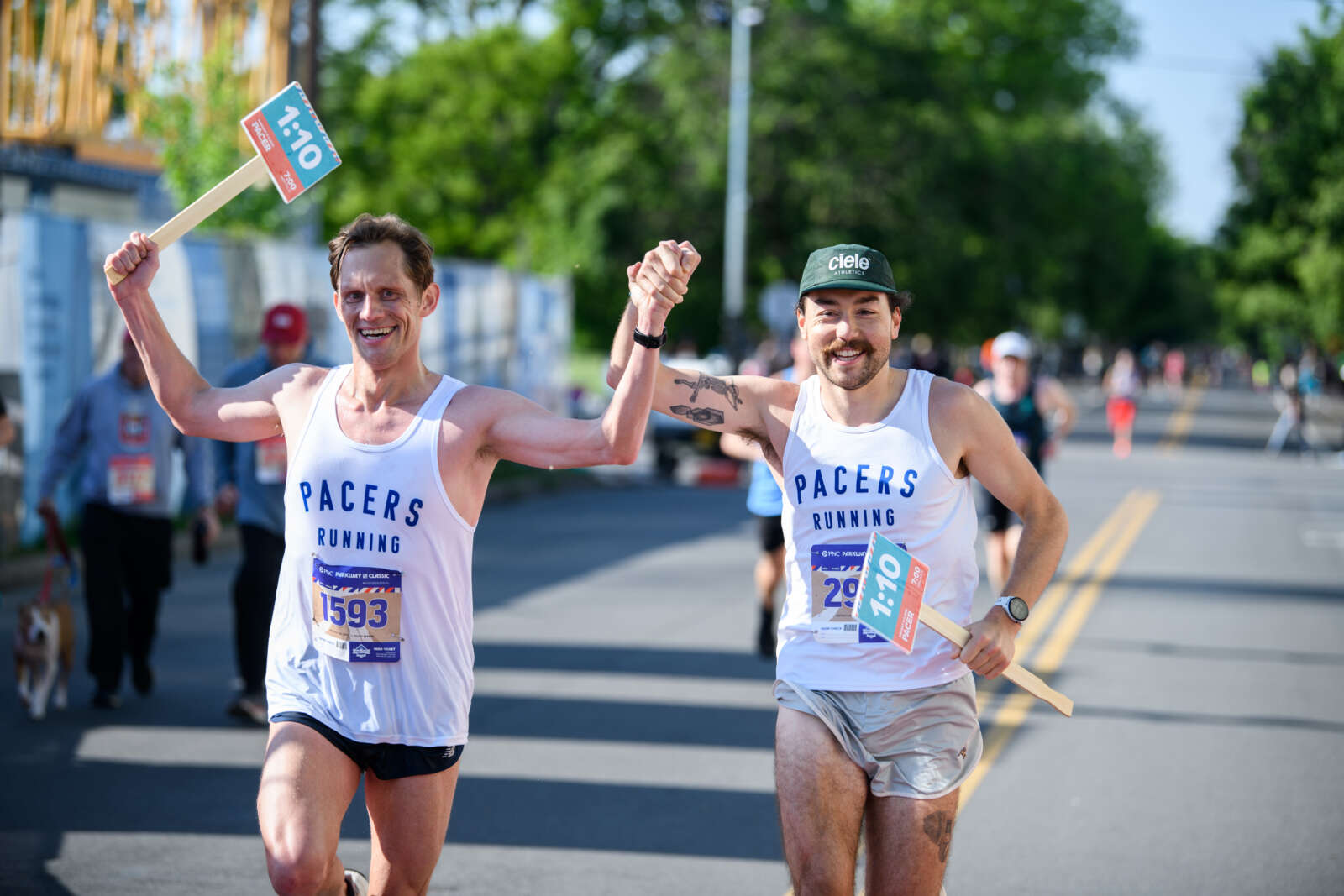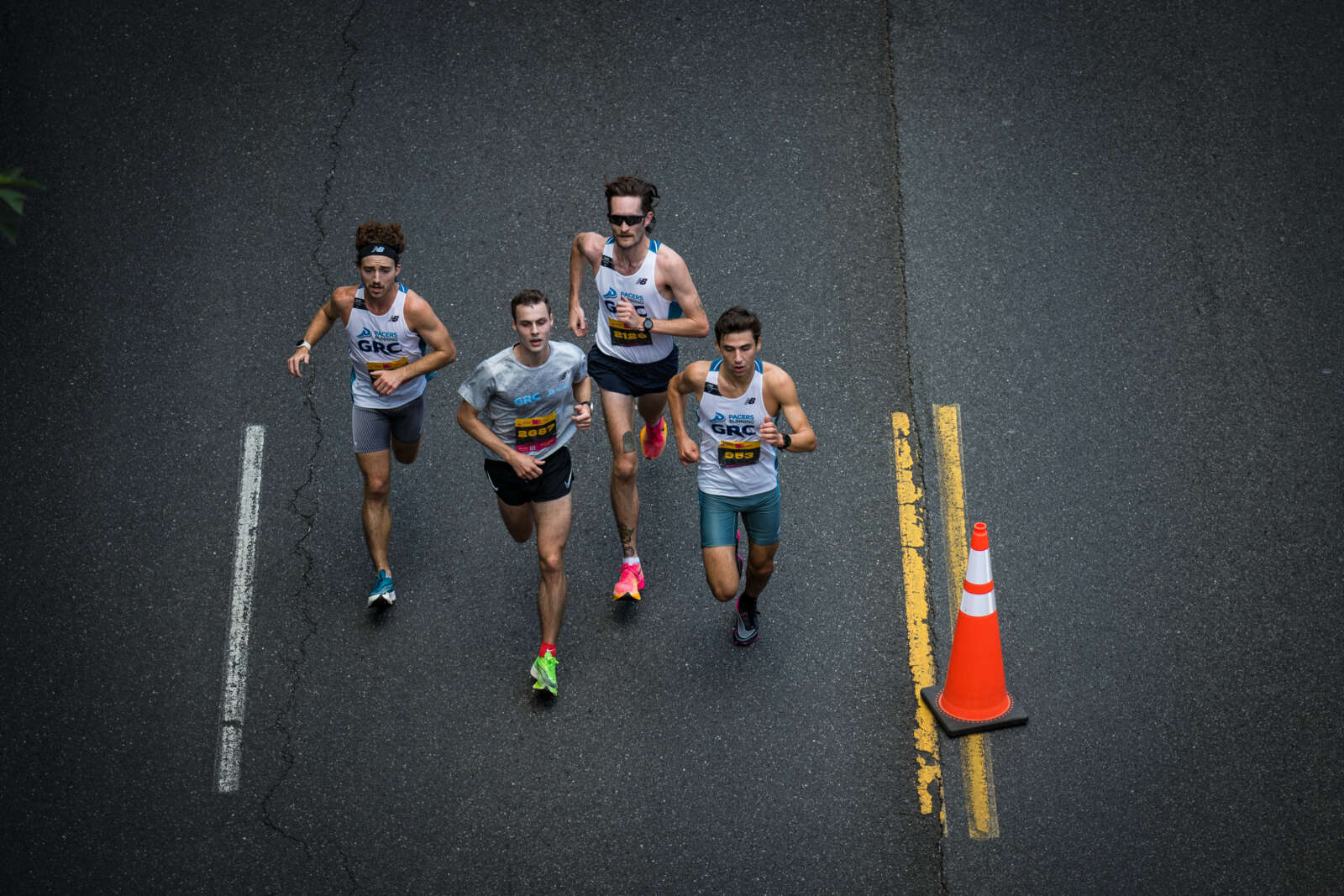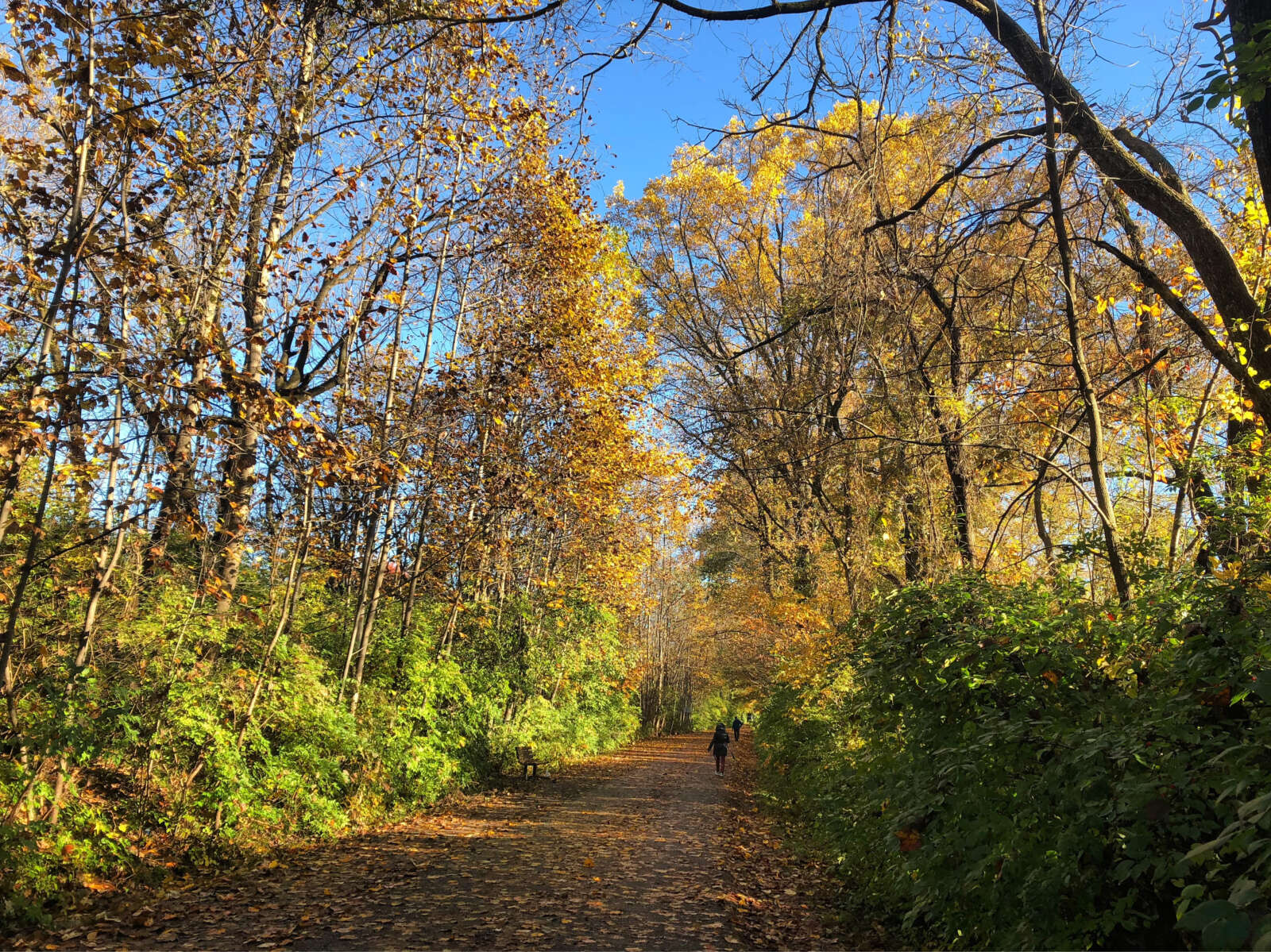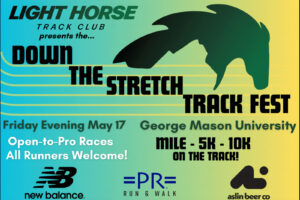[Best_Wordpress_Gallery id=”9″ gal_title=”MCM courses”]
Like many Marine Corps Marathon runners, Al Richmond fixated on a part of the course that he just couldn’t wait to finish. While running the race for the first time, he cursed the trip down the George Washington Parkway to Old Town Alexandria.
“Running past the airport on George Washington Parkway…there was just nobody out there,” Richmond said.
If that detail didn’t make it apparent, Richmond’s experience in 1976 was a world apart from almost every runner who will be taking the starting line this Oct. 25. He’s one of two remaining “Ground Pounders” who have run the prior 39 races. He has seen the course change little by little, and sometimes dramatically.
Particularly over the last 15 years, road construction, local pressure and the size of the race have all reshaped the event that will celebrate its 40th running this year.
“I think right now we have the best course I can get for the runners,” said Bret Schmidt, MCM’s operations manager, the chief course coordinator since 2003. “Talking to our elite military runners and the beginner runners, we’re all pretty happy with what we have.”
His canvas is limited by cost, permitting and practicality. More than half of the course is on National Park Service land, on roads with few intersections, dramatically cutting down the need for police protection and accompanying costs. Getting the okay for the course means consulting law enforcement for three sections of the National Park Service, Arlington County, the Commonwealth of Virginia and Washington, D.C.
“Most are looking for safety, and others are looking to get runners off the street as soon as they can,” Schmidt said. “That’s why they have to ‘beat the bridge.’ The Metropolitan Police want to open up 14th Street.”
In addition, various advisory neighborhood commissions need to sign off on permitting, weighing the disruption to their residents versus the excitement that comes with playing host to the race.
“Trying to find real estate for a marathon is much different than laying out a 10-mile course,” said MCM historian George Banker.
Banker wrote in A Running Tradition that the original layout was just designed as a prototype, and the first revision was to make the course more scenic.
Major changes
The Marine Corps Marathon has gone through a lot of changes to become what it is today, and it’s had some hiccups, too. Here are nine major changes or diversion over the years:
1977— cut off a trip to Alexandria in favor of a loop through Georgetown and around the National Mall and Union Station
1998 — East Potomac Park was run out and back along the Potomac River
2001-2002 — An out and back on Rock Creek Park replaced East Potomac Park for two years
2003 — Runners cut off most of East Potomac Park, turning at Buckeye Drive
2004 — Dramatic revisions. The first few miles headed north on Route 110, rather than south. The loop on Lee Highway and Spout Run Parkway was added. The loop around Hains Point returned. Crystal City makes its first appearance.
2005 — The loop around Capitol Hill was eliminated.
2007 — Rock Creek Park began a six-year absence. In its place, runners climbed Foxhall Road to the Pallisades and returned on Canal Road and Whitehurst Freeway.
2008 — The loop around the Pallisades reversed, runners went from the Georgetown to East Potomac Park and then the Mall.
2013 — The Pallisades loop gave way to Rock Creek Parkway
It was. Thanks to a parade permit, the 1977 race introduced runners to Georgetown, the National Mall and Capitol Hill, and that basic configuration would last, in one form or another, until 2001. Construction in East Potomac Park meant Hains Point would have to take a three-year hiatus, though the course returned to the “base” of the park in 2003. In its place, runners headed up Rock Creek Parkway and turned around near Woodley Park.
In 2004, a hill was thrown in. A mile-long climb of Lee Highway from Rosslyn before descending onto Spout Run Parkway. There’s some debate as to whether that improved the course.
The growing race field made it more and more difficult to direct runners south on U.S. 110 into Pentagon City, where they would loop around before heading back north, past the starting line, to the Key Bridge. There was a way to replace the lost three miles, but it’s not beloved.
“It’s a tough hill, but it’s a good feature because it reminds first-timers to slow down and take it easy,” Schmidt said.
Banker disagrees.
“With that hill, you really have to dog it early on, or else you won’t have much left,” he said. “I’d tell anyone running it to not even think about their target time until they get over the Key Bridge.”
It’s one reason Banker said the race times aren’t as fast as they could be.
“If that hill was later in the course, then maybe, but one mile in doesn’t give you a chance to get going,” he said.
Approaching 2007, construction that closed Rock Creek Parkway to runners meant Schmidt needed three more miles, somewhere.
“We came out of a meeting with the National Park Service and we heard a suggestion to use Canal Road,” Schmidt said, referring to M Street NW beyond the Key Bridge. “We drove it with the odometer going and it came out to be three miles, give or take, right about what we needed.”
So began a six-year detour through the Palisades neighborhood west of Georgetown. The neighborhood commission was on board, but runners would be a harder sell. Climbing to the Palisades residential neighborhood meant a roughly 50 foot climb.
“Canal Road was pretty, but that climb was tough on people,” Schmidt said. In 2007, runners head to climb Foxhall Road to reach MacArthur Boulevard, a more abrupt grade than in later courses, that scaled Reservoir Drive. In 2013, when Rock Creek Parkway was back on the table, runners said goodbye to the westward detour and Liz Badley couldn’t have been happier.
“It always seemed crowded in there, and the road was hard to run on,” she said. “That part of the race, miles seven through nine, you really want to be able to get a rhythm going, and I couldn’t do it out there. I really like going back to Rock Creek Parkway.”
A 2008 revision went a long way to making the course less dispiriting for runners. The five-mile trip around the tip of East Potomac Park – for years on either side of the 20-mile mark – switched places along the course with the National Mall. Now the halfway point, at or about Hains Point, would come as runners are about to head back toward civilization, and would no longer coincide with them hitting “the wall.” “I believe that was probably the most significant change,” Schmidt said. “Hains Point, it’s hard to get out there and there aren’t a lot of people besides at the water stops. It’s flat, but it seems like you’re always running against a headwind. It took me five years to change that, but it was like a light bulb going off.”
Richmond was thrilled with that change.
“So many years you’d be hitting the wall out on Hains Point and there’s nobody out there,” he said.
Banker wasn’t crazy about it.
“I liked coming around the turn onto the bridge at mile 22 and knowing I just had to get into Virginia and I was home,” he said.
The course also eliminated a climb up Capitol Hill to Union Station in 2004, when new barricades around the U.S. Capitol narrowed the road to lead vehicles could no longer pass.
“When you look at all we’d need to do to keep that piece of the course, it wasn’t worth it,” Schmidt said. “Plus we cut out a hill.”
With the new loop around the Capitol reflecting pool came a somewhat notorious anatomical comparison when looking at the map.
Schmidt has kept that in mind while revising the course.
“We needed a few feet, so we go outside of the circles now,” he said. “That cuts down on the resemblance.”
Farther along, in 2004, the course picked up a few miles in Crystal City but the next year, that temporary detour would be worth fighting for. The federal Base Realignment and Closure Commission’s decisions forced Department of Defense-related businesses out of the office buildings that make up the bulk of property in the neighborhood. The Crystal City Business Improvement District formed to rebrand the area, and keeping the course running through was a way to introduce the public to what was happening.
“The best way to show people the area was changing was to have a big event, and the Marine Corps Marathon brings 15,000 spectators and all the runners right into the main street in Crystal City,” said Crystal City BID CEO Angela Fox.
With metro access and restaurants lining Crystal Drive, it’s ready-made for spectators, who can make up for having to turn and run away from the finish line at the end of the marathon, a source of derision for a lot of weary runners.
“At mile 22 and 23, you’re ready for the end, but the crowds are there, at a point in the race where you didn’t really have crowd support before,” she said. It’s also the one part of the course the Schmidt covets — turn onto S. Clark Street, rather than an out-and-back on Crystal Drive. “The problem is that we close off all the people who live on that block, and that’s about 500 units,” he said. “That’s the one thing I’d do to improve the course right now, it would give us a wider road.”
At the very end of the road, at the Marine War Memorial, Richmond sees one of his favorite changes. The finish line is now in front of the Iwo Jima statue, whereas before, runners would run around most of the road around the statue and finish in the grass.
“Getting up that hill and still having to run for a while, that was a killer,” he said. “Now you can see the balloons around the finish line. That gives you some hope.”
This originally appeared in the Winter 2015/2016 issue of RunWashington
Recent Stories
Down The Stretch Track Fest
Down The Stretch Track Fest is a track celebration!
A distance-focused track meet at George Mason University featuring community-to-pro-level races on Friday evening, May 17th.
New Balance merch, Aslin Beer, music all night, and announcers keeping you up-to-date on the
Run the Greenway
We are just days away from the 4th annual Run The Greenway Race and
spots are filling up fast! We don’t want any Jedi to be left behind at this year’s
5K, 10K, or 800-meter Kids Fun Run, or virtual







